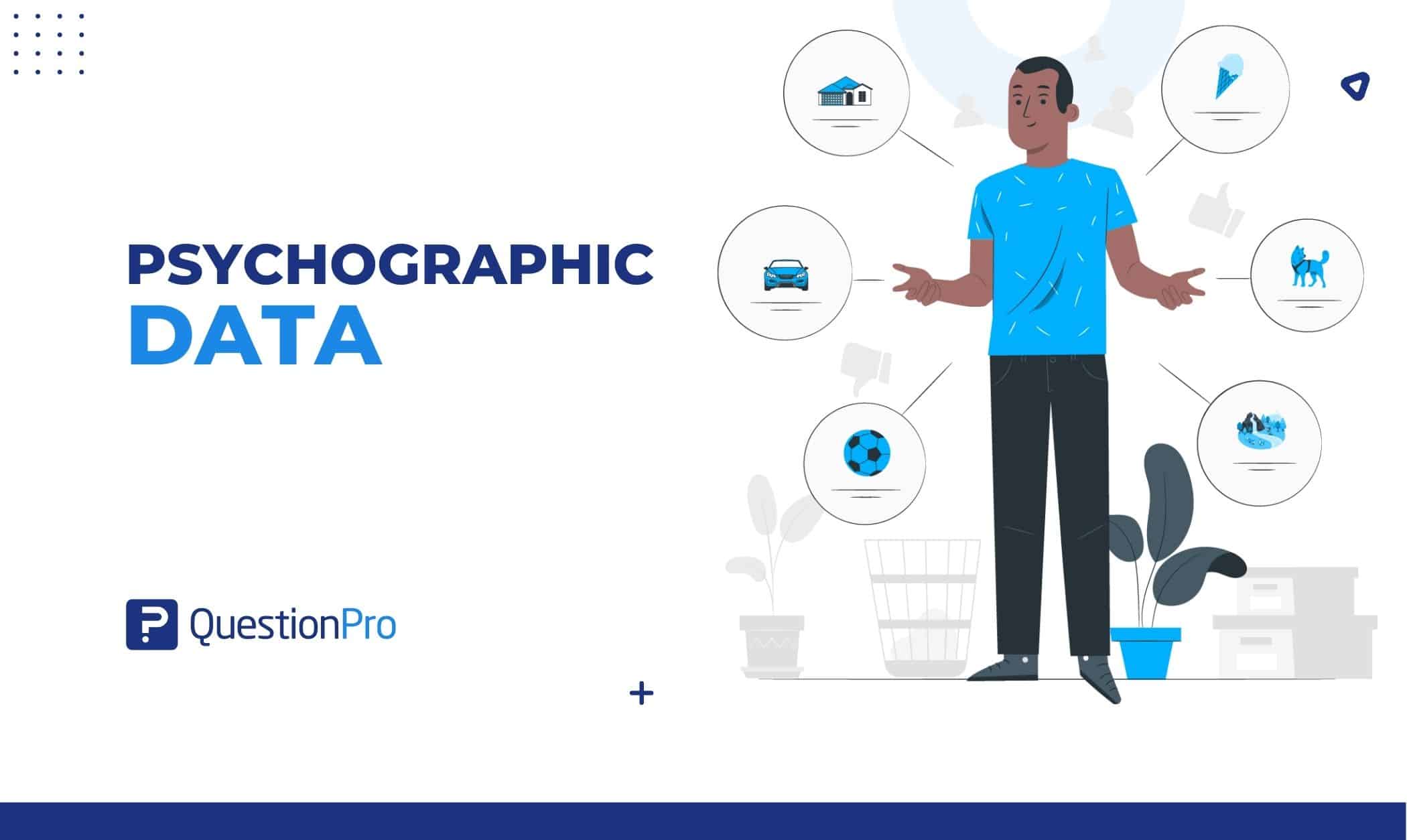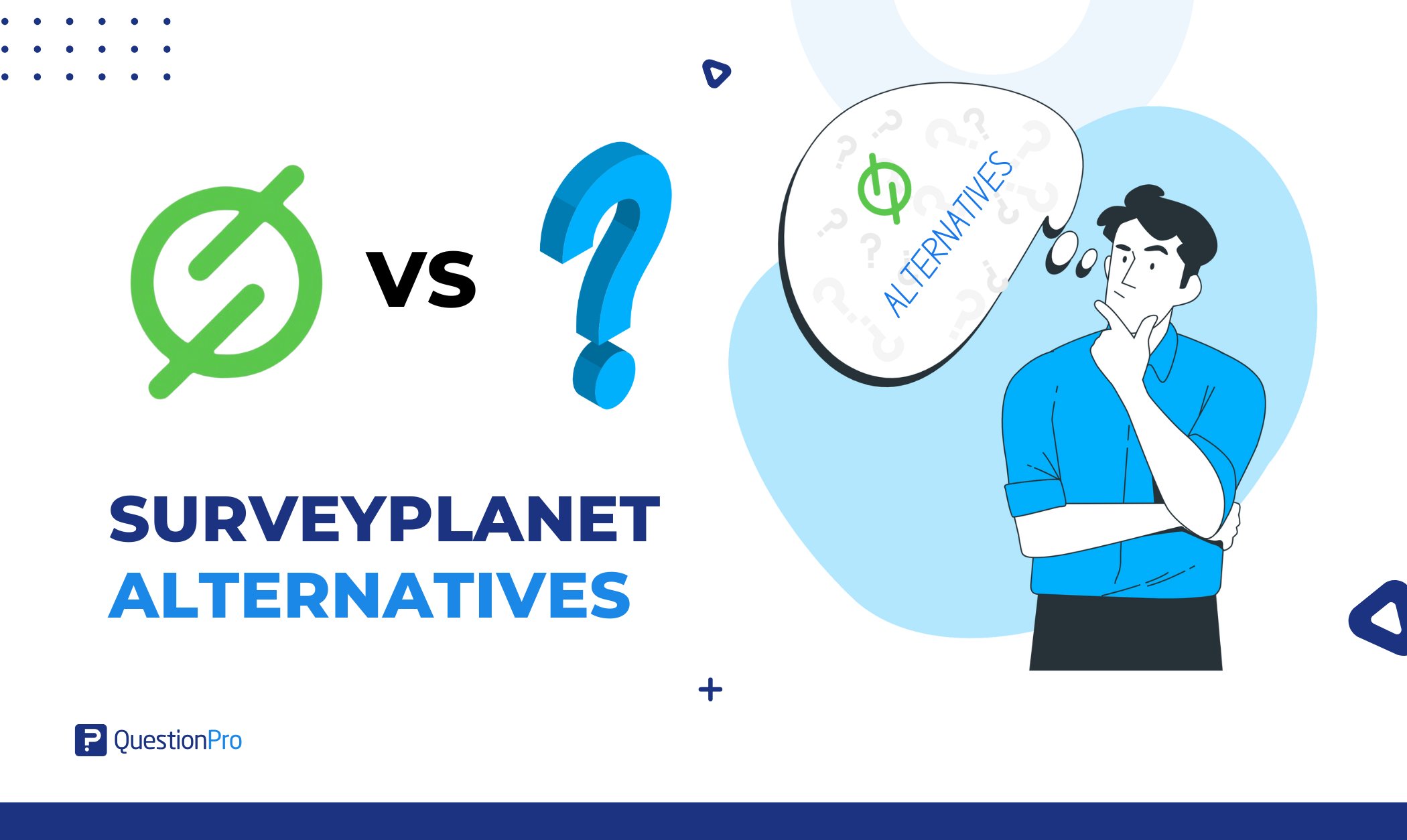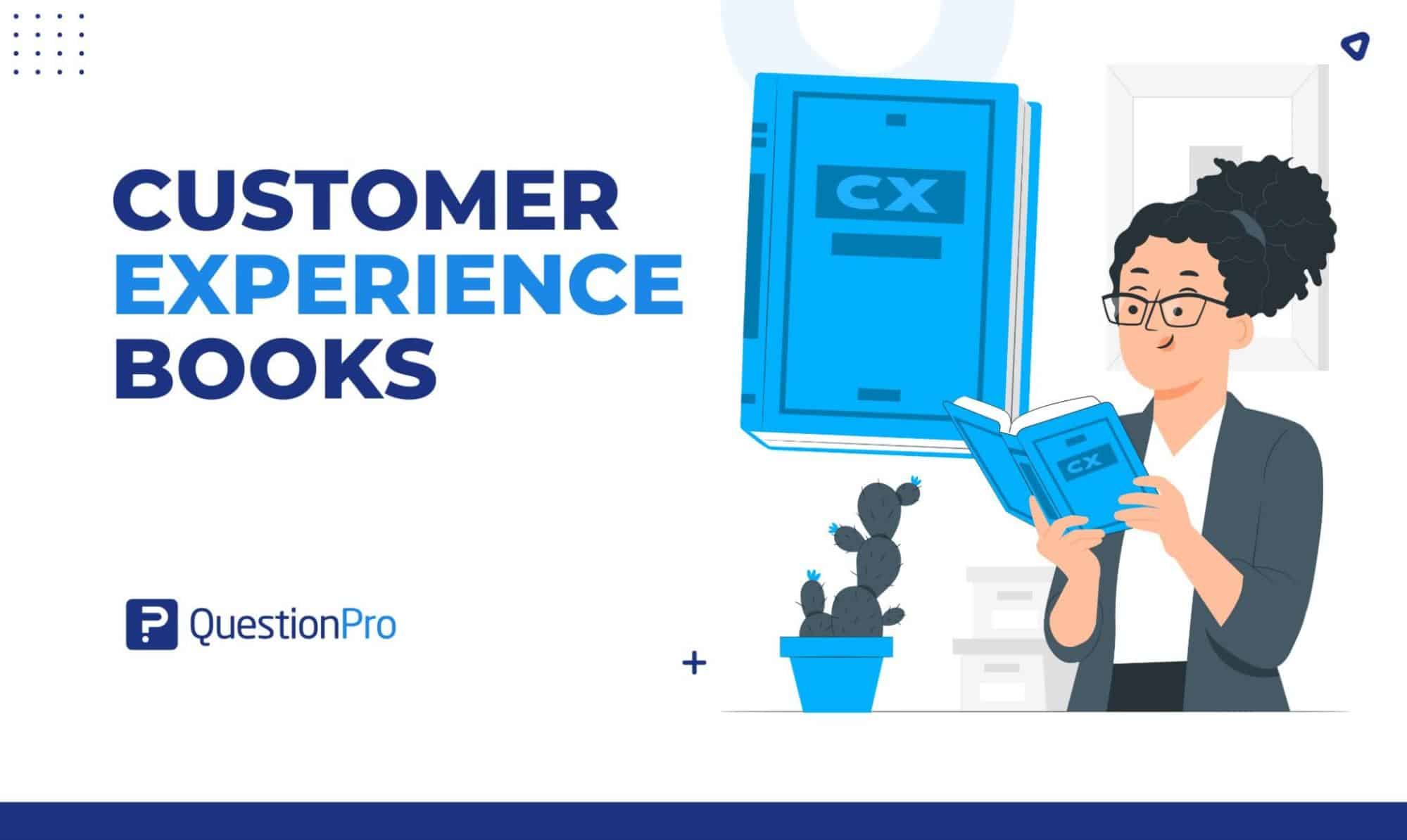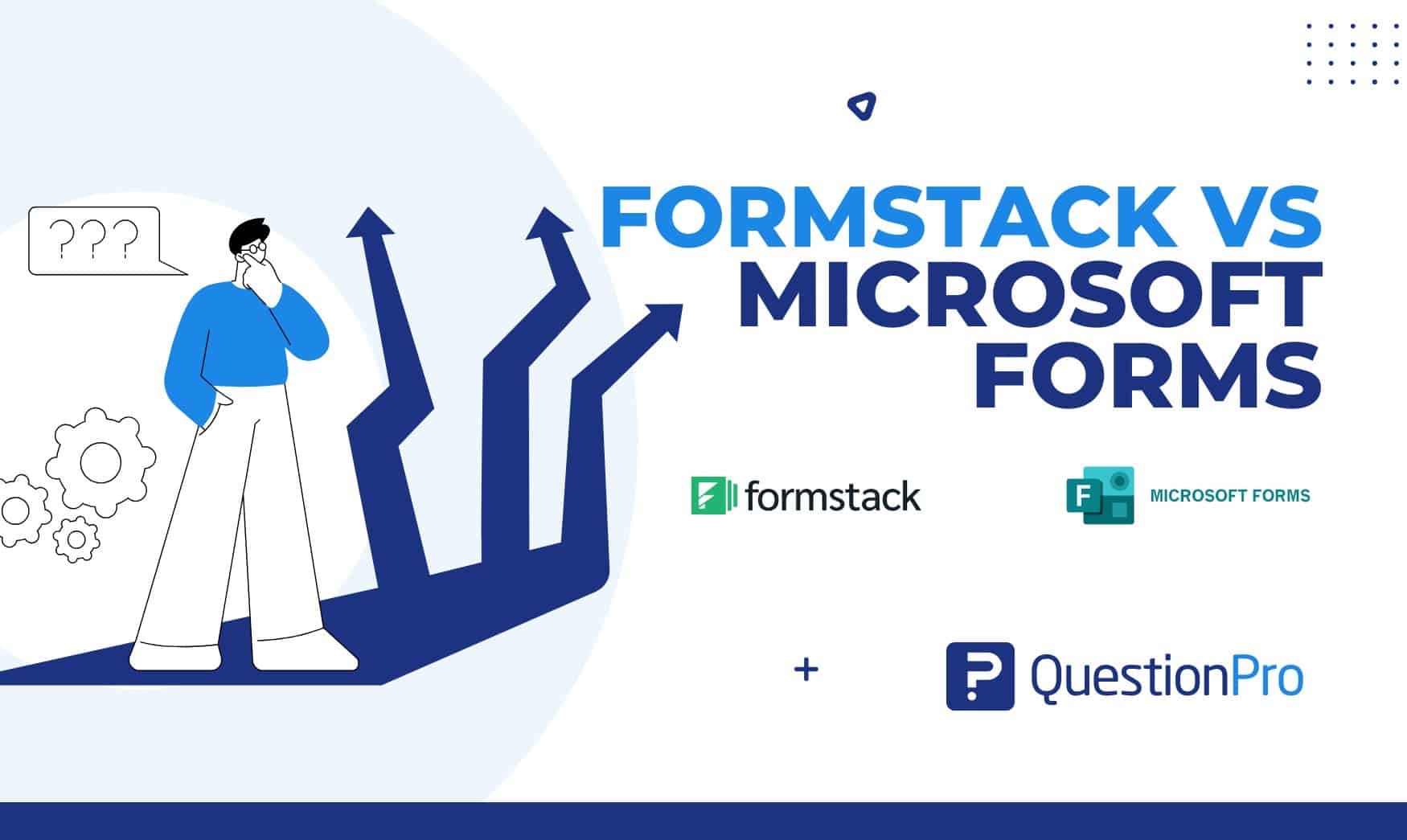
We want to know our customers. Marketing professionals share the goal of knowing and understanding our audiences like family. That takes time. Customer connections take time, effort, and, most importantly, research. But collecting quality customer data takes a lot of work. Marketing research can be challenging in uncovering clients’ genuine activities, interests, and opinions. Psychographic data can help you understand your audience and design better marketing initiatives.
This blog will discuss psychographic data, its types, & ways to collect it.
Definition of psychographic data
Psychographic data is knowledge about a person’s interests, values, attitudes, and personality traits that helps to create a profile of their interests, worldview, and potential motivators.
Marketers and researchers can better understand their target market by evaluating it, and they can then modify their language and marketing tactics to better appeal to particular demographic groups.
In general, the utilization of psychographic data can assist companies and organizations in better understanding their target audiences and creating more successful marketing plans.
If you’re still not sure what psychographic data is, consider the following examples:
- Personality profiles, including personality changes throughout time
- Lifestyle data and its association with influencers and lifestyle icons
- Cookies are used to capture online interests.
- Social media, polls, and games express opinions, attitudes, and beliefs.
- Values are derived from organizational membership, job life, and familial ties.
Types of psychographic data
The main kinds of psychographics are interests, activities, and opinions. You can also put that into subcategories. (Attitudes are slightly different from views, and lifestyle and behavior are somewhat different from activities.
There are three main kinds of this data:
- Activities
Activities are a form of psychographic that, while still valuable, will only sometimes be advantageous for some firms.
For example, it isn’t easy to relate a passion for snowboarding to SEO marketing. Activities help discover your client’s interests and daily routines.
- Interests
Activities differ from interests in that interests can help you determine what your clients are passionate about.
Think of shoppers, die-hard social media users, moviegoers, or anything else that people might be interested in.
You can divide your market into segments and determine the highest conversion rates using the information provided.
- Opinions & Attitudes
Opinions and attitudes are possibly essential psychographic data since they enable you to “get in” with specific groups or clicks in your market.
Everyone has an opinion, and those who share that opinion are more inclined to stick together. When you convey your brand’s views regarding something, and they match those of your customers, you have a better chance of capturing their attention.
Ways to collect psychographic data
How can one locate psychographic data? You can gather these data from the following:
- Survey: Surveys are large-scale psychographic research. With QuestionPro, you can construct surveys, gather survey responses, and much more effortlessly.
- Focus groups: Focus groups are no longer performed by survey professionals who approach random shoppers in unmarked offices in shopping centers. However, you can set up self-organizing online focus groups for your website and email marketing campaigns.
- Market research: When you’re releasing a new service or product, market research prevents you from making blind decisions.
By examining your goods and services through the perspective of your clients, market research enables you to identify their strengths and limitations. Additionally, it helps you comprehend how economic factors affect your sales.
Additionally, you can use demographic information to comprehend the motives of various consumer categories.
- Social media platforms: Gathering psychographic data is the main intention of social media networks. Quantitative information about consumer attitudes, interests, and opinions is massively gathered through social media (AIOs).
Online publishing allows you to maintain social media relationships, obtain insights into your target audience, and naturally grow your following.
- Third-party psychographic data: Businesses can cross-check their data with third-party psychographic data from cookies. Before investing in psychographic data suppliers, ensure your company doesn’t store client data in silos.
- Finance must inform marketing.
- Logistics and delivery must support sales.
- Customer service inputs CRM systems.
Many brands must clear their data silos before using third-party data.
- Website analytics: The number of time visitors spend on a page and whether they return are two factors that website analytics may help you understand.
Conclusion
In conclusion, psychographic data is a great way for businesses and organizations to learn more about the people they want to reach.
By analyzing this data, marketers and researchers can learn about a person’s attitudes, values, beliefs, interests, and way of life. This can help them tailor their messages and marketing strategies to better appeal to certain parts of the population.
In short, businesses and organizations can use psychographic data to make their marketing strategies more effective and improve their overall customer engagement.
QuestionPro research suite helps gather and analyze psychographic data. The platform’s survey and questionnaire tools let users learn about a person’s values, beliefs, interests, and lifestyle. Data analysis tools help users understand their target audience.
LEARN ABOUT: Market research vs marketing research
Researchers and marketers can acquire and evaluate psychographic data using QuestionPro research suite to understand their target audience better and adjust their messaging and marketing tactics to specific population segments.







